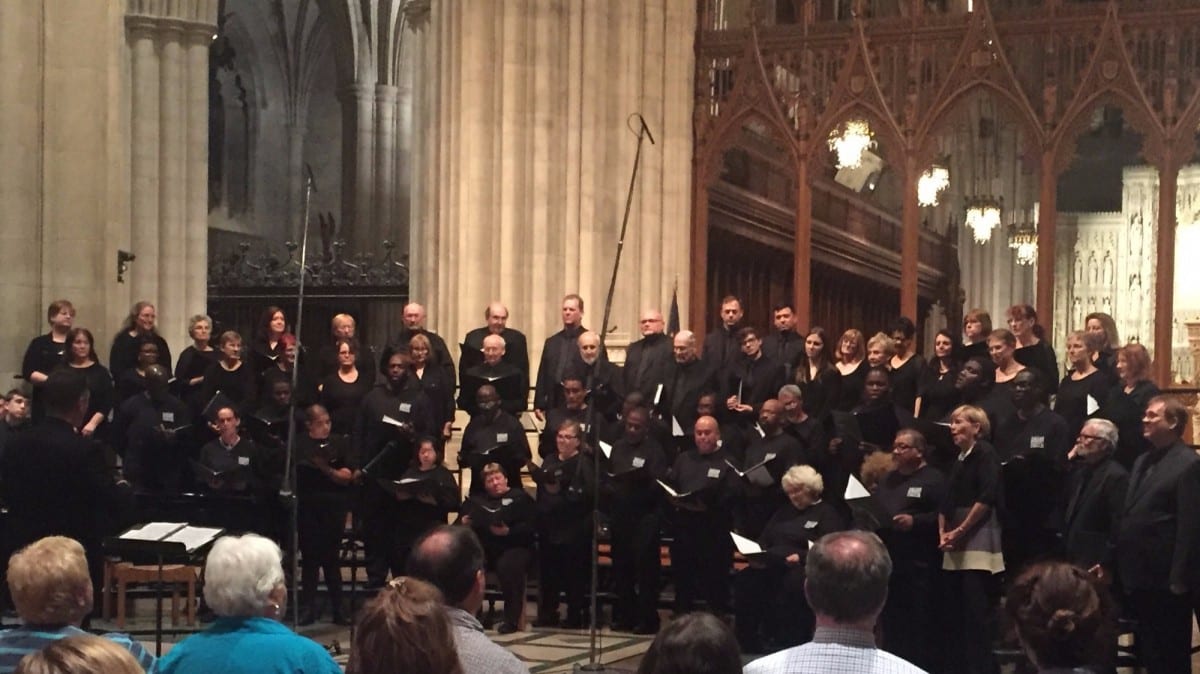What the Dallas Street Choir Taught Me About the Importance of Connection
By Janet Firshein, July 28, 2017

A year ago, 24-year-old Toria Ellis lived on the streets of Dallas, sometimes spending the night under a bridge or sleeping on sidewalks. But earlier this summer, he found himself on stage singing at New York City’s Carnegie Hall. The next night, he belted out a solo of Amazing Grace before a captivated audience at the National Cathedral in Washington, D.C.
Ellis, who describes music as “life,” is part of the Dallas Street Choir, a group of people who are homeless and love to sing.
Jonathan Palant, choral director and conductor for the University of Texas at Dallas, launched the group in 2014 to give voice to people experiencing homelessness. Back then, a composer friend asked Palant to have his other Dallas chorus — Credo Choir– perform a requiem in memory of people who died on the streets. Palant says that he accepted his friend’s request, only to realize that a true musical tribute to people living on the streets had to include people who lived that experience every day. So, he formed a choir with a group of people he worked with at a local homeless shelter.
Since then, the Dallas Street Choir has grown from nine singers to nearly 2,000 members who have attended at least one rehearsal. Each Wednesday, people who spent the night sleeping under bridges, on park benches, on sidewalks, or in local shelters start lining up at 7:30 a.m. for a one-hour rehearsal that begins at 9:30. About 80 to 100 people participate each week and they follow rehearsal rules that Palant holds them to.
When I attended the National Cathedral performance earlier this summer, I was blown away by Ellis’ energy and booming voice; he didn’t even need a microphone. I was inspired by the enthusiasm and passion of the chorus. And I was impressed by Palant, who singlehandedly organized and orchestrated a multi-city tour, at notable venues, with mezzo-soprano star Frederica van Stade, and 25 adults who face difficult life challenges, from severe mental illness to addiction.
When I returned home that evening and shared the experience with my 19-year-old son, his response was: “Sounds great, Mom, but how is this helping people get off the streets and into a home? How is this helping people get jobs so they can stay off the streets?”
Click to read the full post on Medium.
